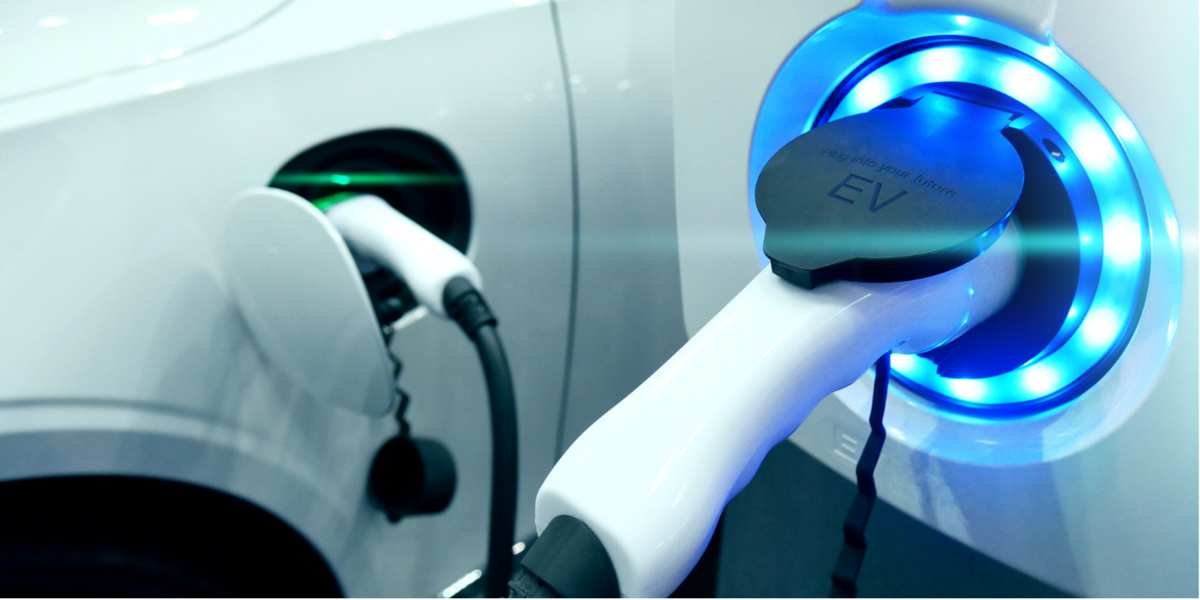25 November 2020

The government recently announced they will be bringing forward the phase-out date for the sale of new petrol and diesel cars and vans to 2030.
The government drive for zero-emission vehicles and a green economic recovery will see business review and change the way they operate in the coming years. One way they will do this is through the adoption of electric vehicles into their fleet.
This will result in a whole host of new potential hazards that businesses need to consider and like with any other piece of work equipment, the employer has a duty to ensure safety and manage the risk.
Our dedicated risk management team have put together a short summary of the risks business should consider, and the practical steps you can take.
The fleet market beginning to take an interest in electric vehicles...
The focus around electric vehicles over recent years has been in the main retail sector led. However, the fleet market is beginning to take an interest, whether it be from an economic point of view where vehicles typically do lots of local runs and can charge up regularly or even an environmental one, where electric vehicles are seen to be more environmentally friendly, at least in the use stage, if not the build stage.
Just for ease of reference, there are generally three different types.
- A fully electric vehicle, which only uses electricity for power. These are the ones which do nothing without a charge and there still exists considerable range anxiety amongst potential users. They also take a lot longer to charge up.
- Then there is the PHEV plug in hybrid. This typically has a range of about 30 miles on electric alone and then the fossil fuel engine kicks in. Some models can recharge the drive batteries, some can’t. All can be plugged in to the mains in one form or another.
- Finally, there are the mild hybrids. These are not plugged in and have a much smaller battery. The idea is that the electric motor will assist the fossil fuel engine in some way or another and they may be able to travel for very short distances on electric power like a mile or so.
What are the risks of electric vehicles to drivers?
Electricity can be dangerous when uncontrolled. A “belt” from the household mains can kill and the drive batteries in cars can do the same. The batteries also carry with them their own risks. Car drive batteries are basically lots and lots of laptop batteries added together. So, it’s important to consider what would happen in a major accident if the battery pack is ruptured and you are inside the vehicle.
There are also charging risk with batteries. In simple terms, gases can be released and these are highly flammable. One spark is enough to cause an explosion with hydrogen for example. Fortunately, modern battery construction is very robust and potential incidents from charging scenarios are minimised by the manufacturers at source, such as by making unique charging fitments to their cars. Unfortunately, there is no proper standardisation yet so you might turn up somewhere and find they don’t have your charger type.
Who is responsible for the electrical safety of commercial vehicles?
In terms of safety and risk management, employers have the same duty as with any other piece of work equipment, be it a vehicle or the charger on the wall. Employers have a duty to ensure electrical safety for their employees and other visitors to their premises, as well as protecting any electrical equipment provided.
What this means in real terms is that you should assess any significant risk as a result of the use of electric vehicles and come up with a safe system of work to use them. This may include keeping charging areas clear of combustibles, no smoking, no charging left overnight on work premises and training for employees in the risk and process of charging, including at home.
You also need to know where to put the chargers at work. Before installation, you should review your fire risk assessment to see if there are any additional risks. For example, putting the charging point next to the fire exits from the building, any fuel tanks, the waste storage area etc, is not a good idea. If you have to put charging areas underground, are there any fire reduction processes in place such as additional electrical extinguishers?
The charging station would also become part of your fixed electrical system and would need to be tested in accordance with the legislation there.
The HSE has also produced an interesting article on electric vehicles - you can find the the link here
Contact our Risk Management team
If you have any questions regarding adopting electric vehicles into your fleet and managing the risks, please get in touch with our team.
